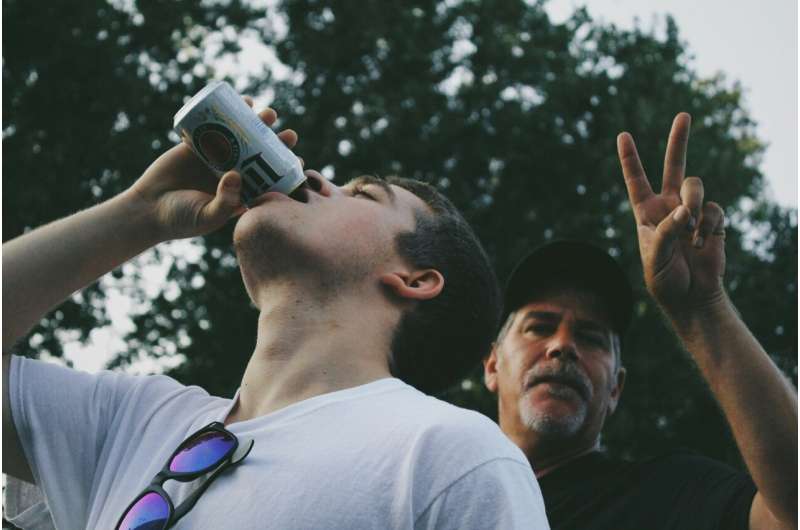Computational Analysis Reveals Blood RNA Signatures for ALS Diagnosis and Prognosis

Amyotrophic lateral sclerosis (ALS) is a progressive neurological disorder that damages the nerves responsible for voluntary muscle movements. Affecting approximately 30,000 individuals in the United States, its exact causes remain largely unknown, making early and accurate diagnosis challenging. Researchers at Thomas Jefferson University, led by scientists Phillipe Loher, Eric Londin, Ph.D., and Isidore Rigoutsos, Ph.D., are pioneering a computational biology approach to better understand the molecular changes associated with ALS.
In their recent study published in Molecular Neurobiology, the team analyzed blood samples from around 300 participants, including both ALS patients and healthy controls. They focused on small non-coding RNAs (sncRNAs), molecules that play crucial roles in modulating gene expression and cellular functions. Previous work by Dr. Rigoutsos and his team demonstrated that variations in sncRNA levels could be linked to Parkinson’s disease, prompting investigation into their relevance for ALS.
The study revealed distinct patterns of sncRNAs in individuals with ALS, with specific molecules correlating to disease presence and even predicting survival times post-diagnosis. Interestingly, some sncRNAs detected did not originate from human DNA but rather from bacteria or fungi, suggesting that the microbiome might influence or reflect disease progression.
Dr. Rigoutsos highlighted that this computational approach allows for rapid data analysis, comparing to years of research in the laboratory. The ability to identify molecular signatures through big data analytics marks a significant step forward in creating more accurate diagnostic tools and prognostic markers for neurodegenerative diseases like ALS.
While further research is necessary to determine whether these molecular changes are causal or consequential, the findings open new avenues for understanding ALS. The integration of bioinformatics and molecular biology could lead to improved early detection, personalized treatment strategies, and better prognosis for those affected.
Stay Updated with Mia's Feed
Get the latest health & wellness insights delivered straight to your inbox.
Related Articles
New Insights into How the Brain Orchestrates Its Slowest Activity Waves
A new study uncovers how neuronal excitability influences the propagation of slow brain waves, revealing a leader-follower dynamic that orchestrates neural activity during sleep and anesthesia. Advanced models combining local and global analysis provide new insights into brain coordination.
Transition from Middle to High School Influences Teen Drinking Habits, New Research Finds
New research highlights how shifting from middle to high school influences teens' alcohol use, emphasizing the role of social dynamics and school transitions in adolescent substance habits.
Early Indicators of Multiple Sclerosis: Signs That Appear Years Before Diagnosis
New research reveals subtle signs of multiple sclerosis can appear over a decade before clinical diagnosis. Early detection could lead to better management and outcomes.
Innovative Statistical Method Detects Parent-of-Origin Effects in Genes Without Parental Data
A new statistical technique allows researchers to identify parent-of-origin effects in genes without parental DNA, advancing understanding of genetic influences on complex traits and diseases.



